From Satan’s tool to a feminist icon: This Lipstick Day, discover the untold story of the humble lipstick
Today on Lipstick Day, explore the history of lipstick and how it went from a simple colour enhancer to a symbol of class and witchcraft
Lipstick may seem like a simple beauty product today, but its journey through history is anything but straightforward. This Lipstick Day, we will delve into the celebrations and condemnations of the makeup product, illustrating the evolving attitudes towards the humble lipstick over time.
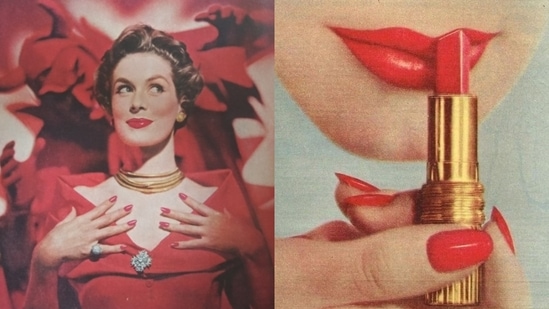
The oldest known lipstick
According to the BBC, the world’s oldest lipstick is around 4,000 years old. It was found in the Jiroft region of Iran, where researchers uncovered a stone vial of deep red paint identified as lipstick. The Bronze Age Marhasi civilization, which flourished in Southern Iran 5,000 years ago was a prominent society in Mesopotamia; researchers believe that during this era of increasing social stress, women used natural colour enhancers to look attractive and maintain their status in elite circles. Thus, the lipstick was born.
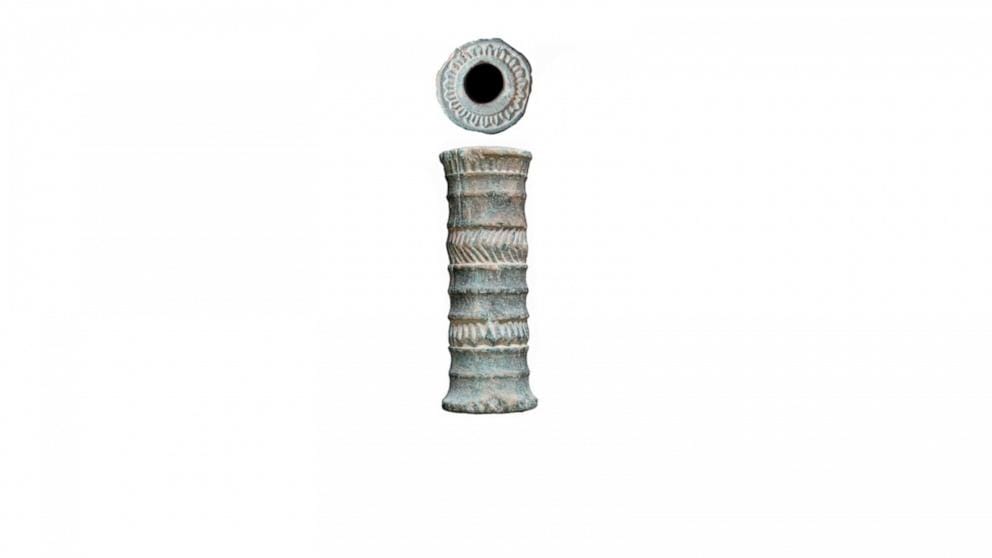
Religious backlash
Initially embraced, lipstick later faced severe criticism in medieval Europe. Critics condemned it as blasphemy and according to a Harvard research paper titled, The History of Lipstick Regulation in Western Seats of Power, society at that time believed that “a woman who wore make-up was seen as an incarnation of Satan because such alteration of her given face challenged God and his workmanship”.
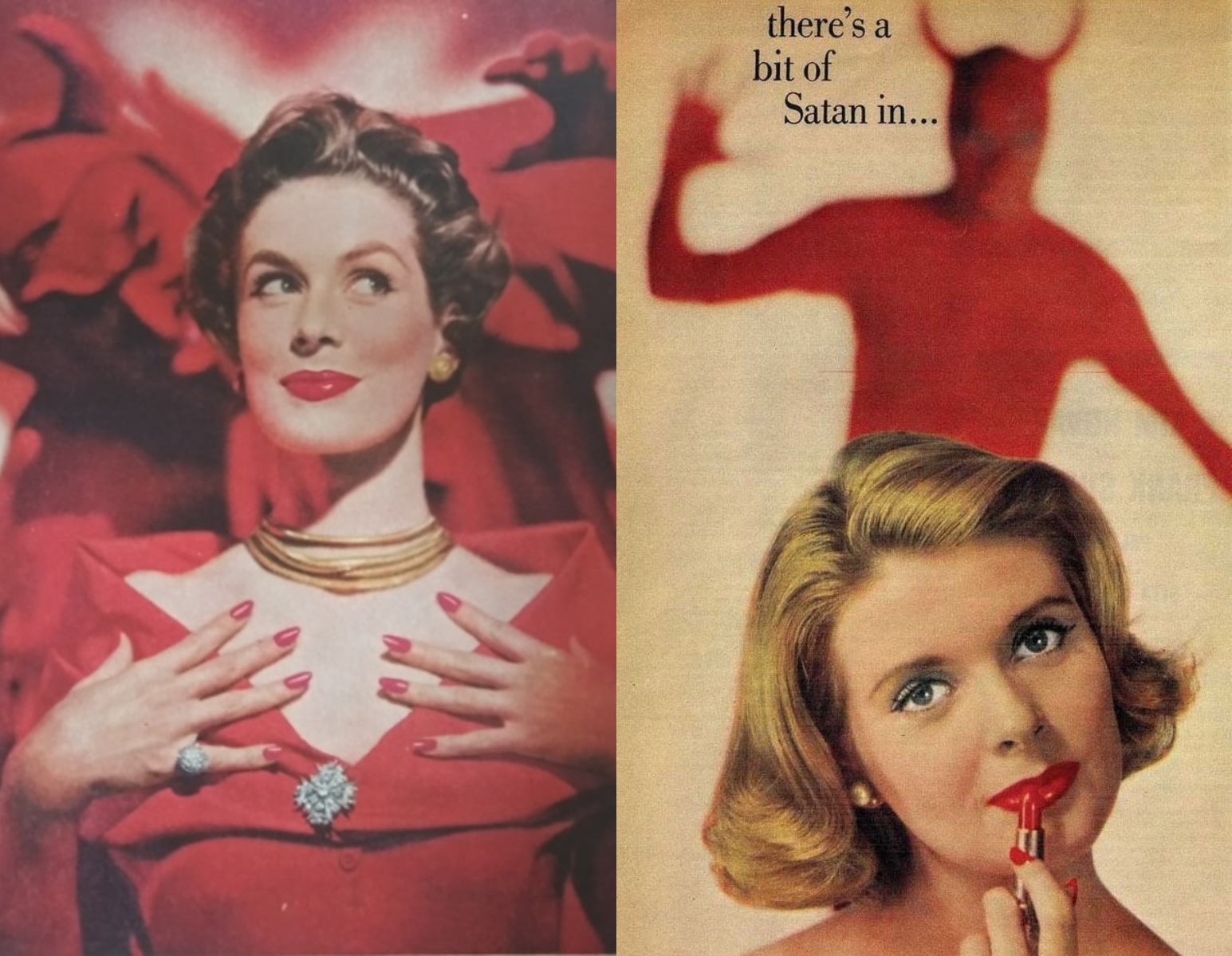
In the 1600s, despite the former Queen of England and Ireland, Elizabeth I's obsession with rouge, lipstick was associated with witchcraft. In fact, at that point, the church’s stance on lipstick was so severe that women were sometimes required to confess their use of lipstick as part of religious penance.
Social norms and colour dichotomy
Lipstick's association with social status varied greatly across Europe during the Renaissance period. In France, societal norms dictated that only women of high social standing could wear makeup, while prostitutes were expected to appear bare-faced.
Conversely, in London, it was the women of the lower classes who sported bright, bold makeup, with upper-class women opting for a more natural appearance. This dichotomy in makeup usage reflected broader societal attitudes and class distinctions of the time, illustrating how lipstick could signify empowerment and social stratification.

Lipstick as a symbol of wartime resilience
The 20th century brought a dramatic shift in the lipstick’s role, especially in America. As the product became a major industry, its marketing evolved. Producers promoted it not just as a beauty product but as a crucial part of the war effort, symbolising resilient femininity and boosting morale for both women and soldiers. Leading cosmetics companies launched a few campaigns around the morale-boosting powers of lipstick. One of them titled War, Women, and Lipstick, highlighted the product's patriotic role.
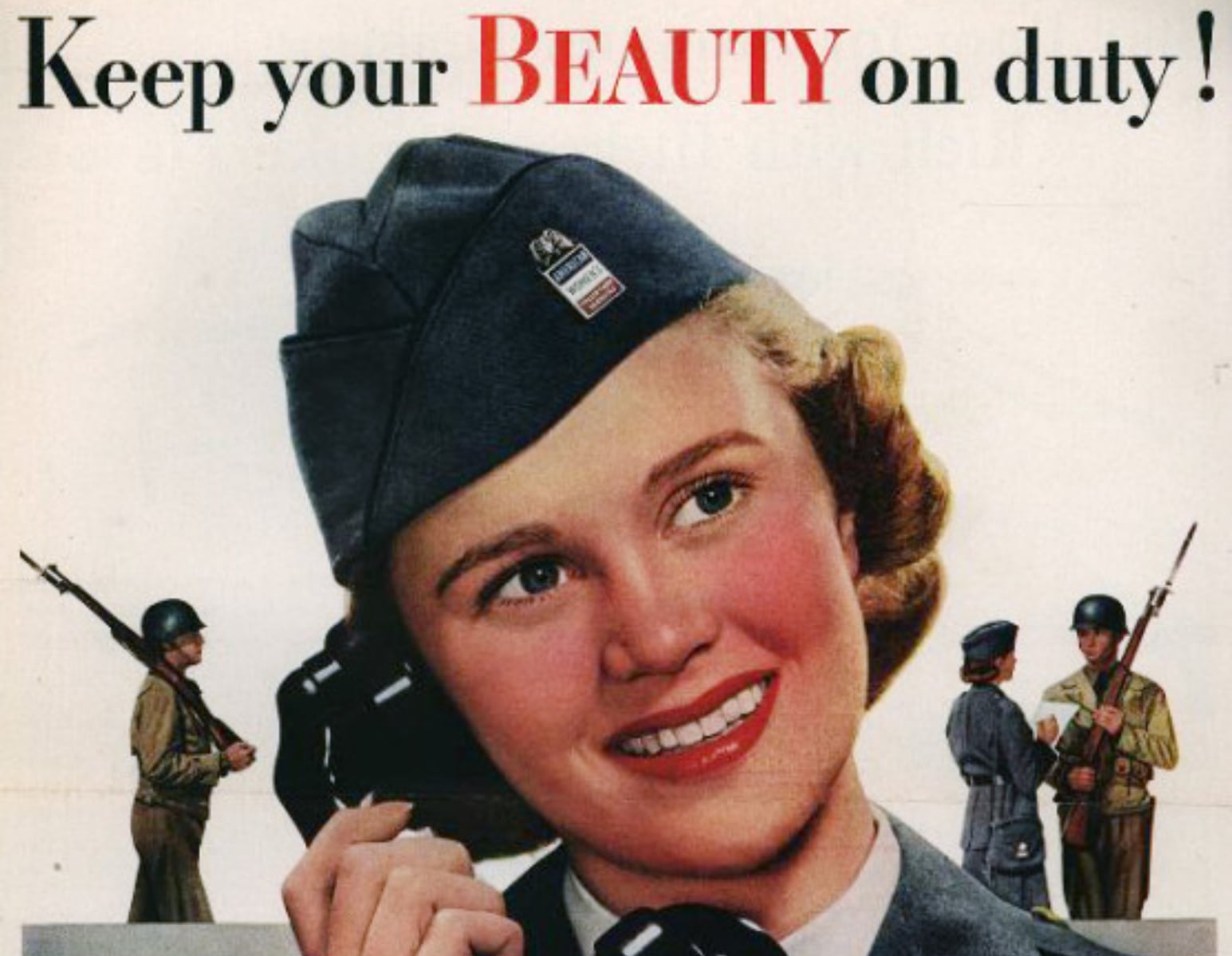
Studies directly related makeup to improved morale, leading American leadership to stock factory dressing rooms with lipstick for female workers. The Marines even mandated a specific shade, Montezuma Red, for female soldiers as part of their uniform.
Feminist symbolism and modern rebellion
In the 1920s, lipstick emerged as a symbol of feminist progress; it had become a marker of modernity and independence. Women used scarlet lipstick to challenge societal norms, embracing it as a badge of feminist liberation. However, it is alleged that second-wave feminism brought a backlash from women who rejected the lipstick as a symbol of female subjugation and commercial exploitation.
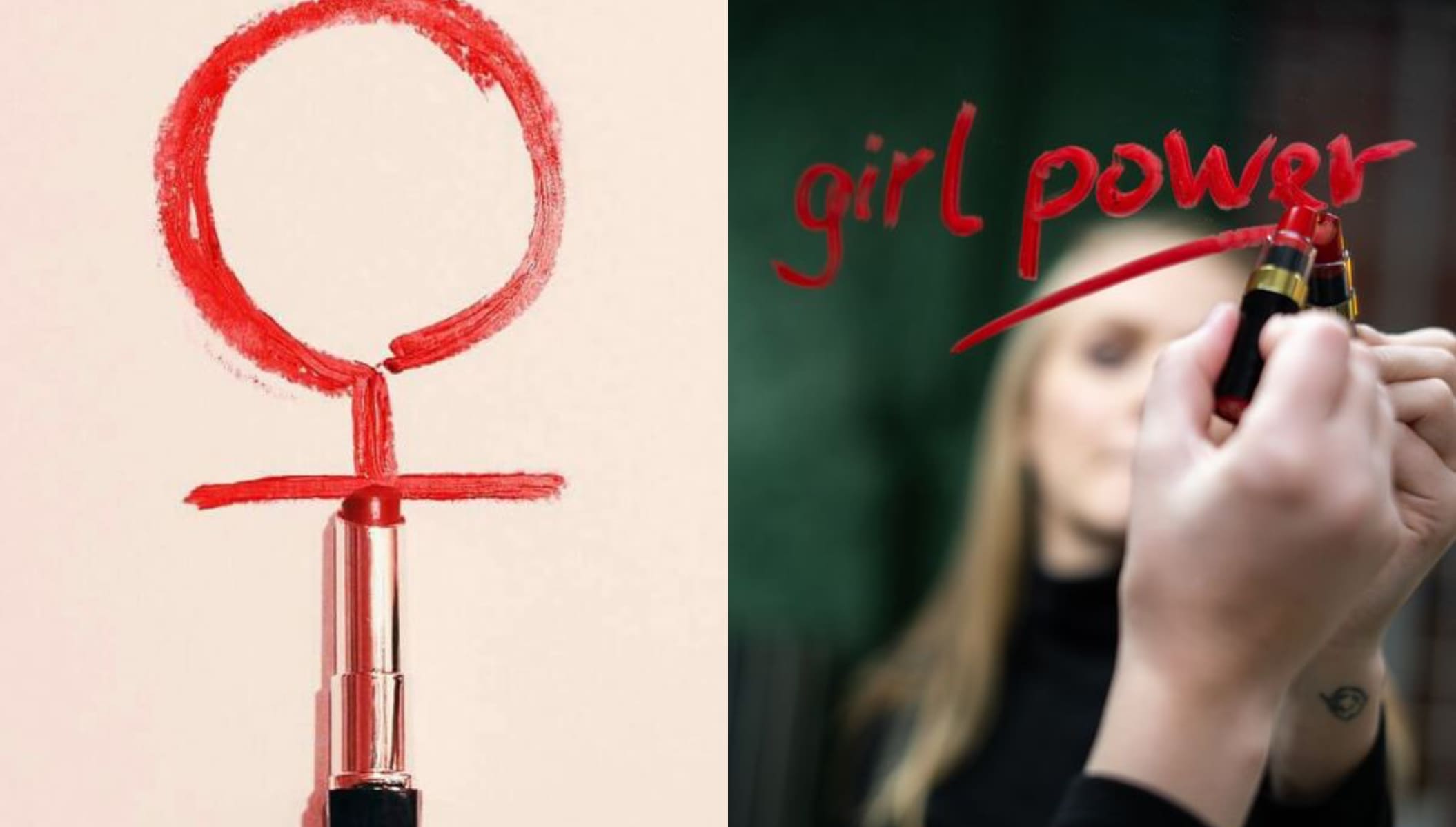
Lipstick in the 21st century
Despite the continually questionable quality, the demand for new lip products in the 21st century is both inexplicable and essential. Beauty columnist Jessica DeFino explores this theory in her Substack, stating “lip balm that requires constant reapplication doesn’t strike consumers as a product flaw, but as an opportunity to fulfil their personal purpose: buying stuff”.
Vox describes this compulsive lip product buying as “letting the common woman partake in the same luxurious activities as celebrities like Kylie Jenner or Hailey Bieber, offering a fleeting sense of connection and indulgence”.
Lipstick and lip gloss, therefore, continue to be more than just makeup, instead reflecting on broader societal shifts throughout the years as well as the ongoing quest for self-expression in a rapidly changing world.






